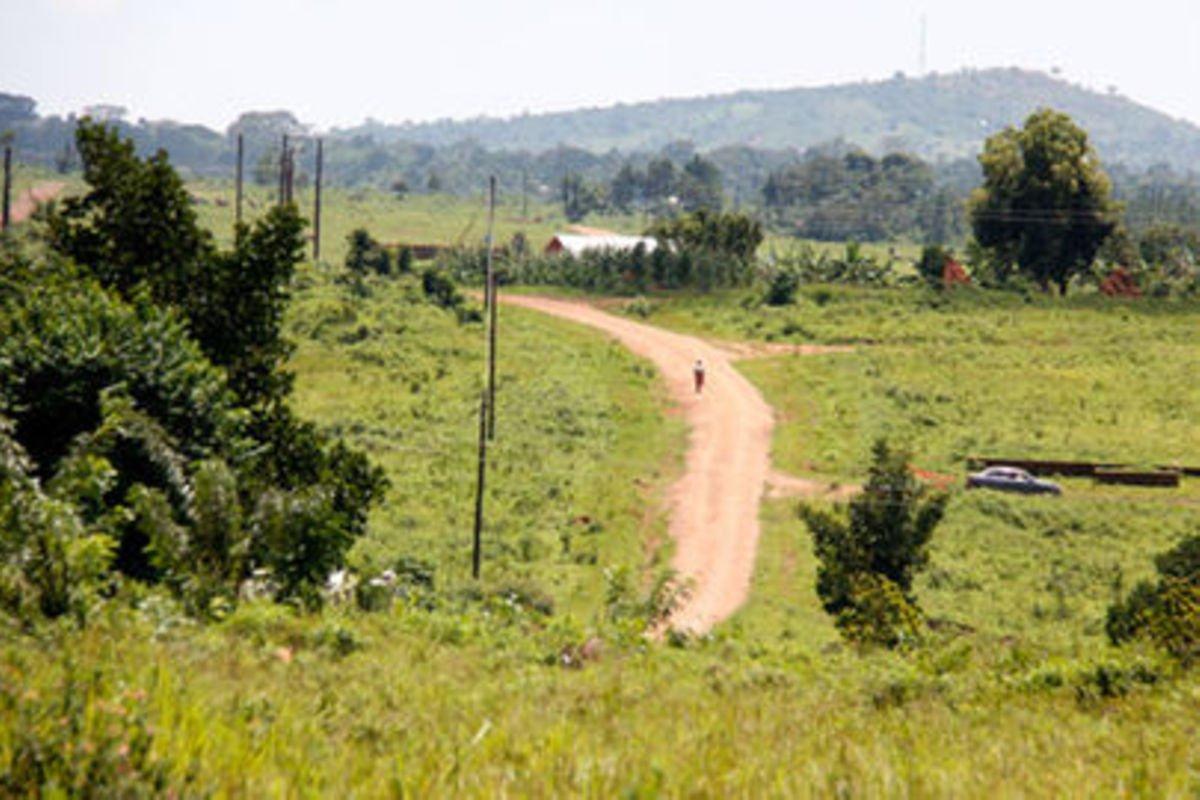Africa-Press – Uganda. Uganda’s fertile agricultural land has the potential to feed about 200 million people according to a new report by International Trade Administration to the UN’s Food and Agriculture Organisation.
Eighty percent of Uganda’s land is arable but only 35 percent is being cultivated. In fiscal year 2020-2021, agriculture accounted for about 23.7 percent of Gross Domestic Product, and 31 percent of export earnings.
Uganda Bureau of Statistics data shows that about 70 percent of Uganda’s working population is employed in agriculture. Uganda produces a wide range of agricultural products including: coffee, tea, sugar, livestock, fish, edible oils, cotton, tobacco, plantains, corn, beans, cassava, sweet potatoes, cassava, millet, sorghum, and groundnuts.
Investors consider Uganda’s agricultural potential to be among the best in Africa, with low temperature variability, fertile soils, and two rainy seasons in the country – leading to multiple crop harvests per year,” the report shows.
Challenges
According to the report, commercialisation of the sector is impeded by farmers’ limited use of fertiliser and quality seeds, and a lack of irrigation infrastructure – rendering production vulnerable to climatic extremes and pest infestations.
Sector growth is also impaired by the lack of quality packaging capabilities, insufficient storage facilities, poor post-harvest handling practices, shortage of agricultural credit, high freight costs, the lack of all-weather feeder roads in rural areas, a complicated and inefficient land tenure system, and limited knowledge of modern production practices.
Ugandan producers often find it difficult to meet sanitary and phytosanitary standards required to export goods to Europe and the United States.
In March 2021, Kenya banned the importation of maize from Uganda, noting that it contained high levels of aflatoxins. After the ban, only grain exports tested and certified by accredited labs in Uganda to meet acceptable safety levels are permitted into Kenya.
There are significant investment opportunities in Uganda’s agriculture sector, including in production, input supply, value addition processing, standards compliance and export, and post-harvest handling.
[email protected]
For More News And Analysis About Uganda Follow Africa-Press






